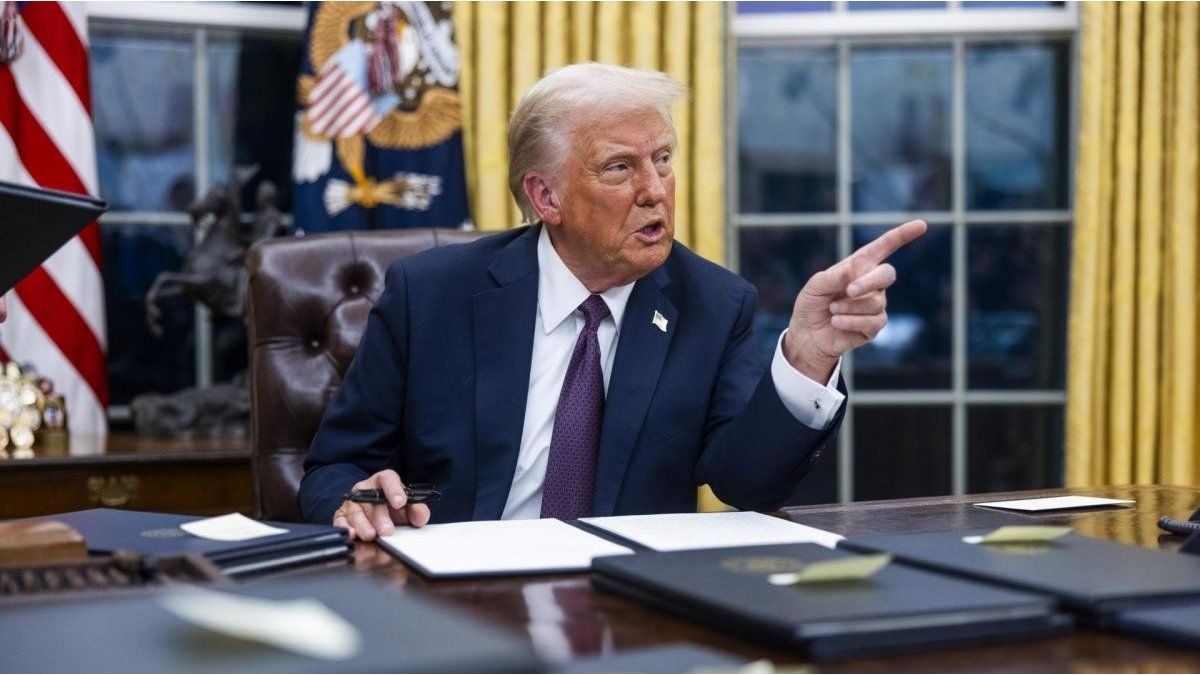The situation of indebtedness of families in Uruguay, especially with regard to the taking of mortgage and consumer loans —and the consequent impossibility of paying the commitments assumed— is a concern in different sectors of society and politics, due to the high figures that are currently reached : $9.7 billion.
A few days ago, the government announced the greater investment in the country for 4 billion dollars. An amount that seems exorbitant and that will allow us to continue with the national productive development, especially in the field of renewable energies and green hydrogen. However, this figure is less than half of the total family debt.
According to the data of the consultant lush, the debt of Uruguayan families amounts to 9,700 million dollars, of which 3,400 million correspond to mortgage loans, while the remaining 6,300 million dollars are for consumer loans. This was explained by the manager of the institution, Alice Corcoll, to scope.com.
“In 2022 and the beginning of 2023, this indebtedness grew at the rate of a 6% per year in real terms, but it came from several years with moderate growth”, he explained. Despite these numbers —more alarming when compared to the figures celebrated by the authorities when it comes to investments—, for the specialist “we are not facing high levels of indebtedness” if we observe the penetration of credit to families in relation to he Gross Domestic Product (GDP) from the country. In fact, “looks low in international comparison”.
Despite this, there are currently more than 20,000 families demanding answers from the Mortgage Bank (BHU) and the government regarding the high interest rates that were fixed for their mortgage loans in Resettable Units (UR); and 690,000 people have “problematic” debts according to the report of the Administrative Technical Commission of the Association of Bank Employees of Uruguay (AEBU).
In parallel, “at the risk center of the central bank there are more than 600,000 individual debtors with significant arrears (assigned with the worst risk rating), which originated in the last 15 years”.
“It is a fact that we have many people with credit defaults and that probably many of those defaults are dragging on for a long time,” said the Exante manager.
How to solve the problem of small debt?
For Joaquin Capdevielle, accountant of A&M Consulting, it is necessary to attack the root problem with a package that involves several areas. Thus, he proposes to include financial education at the secondary education level; facilitate access to credit by MiPymes that allow them to offer better salaries —and thus reduce the need to take on debt to finance consumption—; and lower the tax and regulatory burden.
For his part, Corcoll proposes to begin to build answers from certain considerations: first, that credit is necessary for the proper functioning of the economy —Because the alternative solutions cannot include a negative view of it, something that, in his opinion, happens with the bill of Town meeting —; and, secondly, “that the fundamental problem faced by people with unpaid debts in a structural way is the vulnerability that these people have, because they do not access the job market under reasonable conditions.”
“These people constantly face economic difficulties and when they face extreme deprivation they take credit; and when their income is diminished, they cannot continue paying it. If it is sought that people in this situation of fragility do not see themselves in the need to take small loans (with high generation and administration costs and high interest rates), the solution comes from strengthening the support that these people receive from the State ” Corcoll considered.
Source: Ambito




